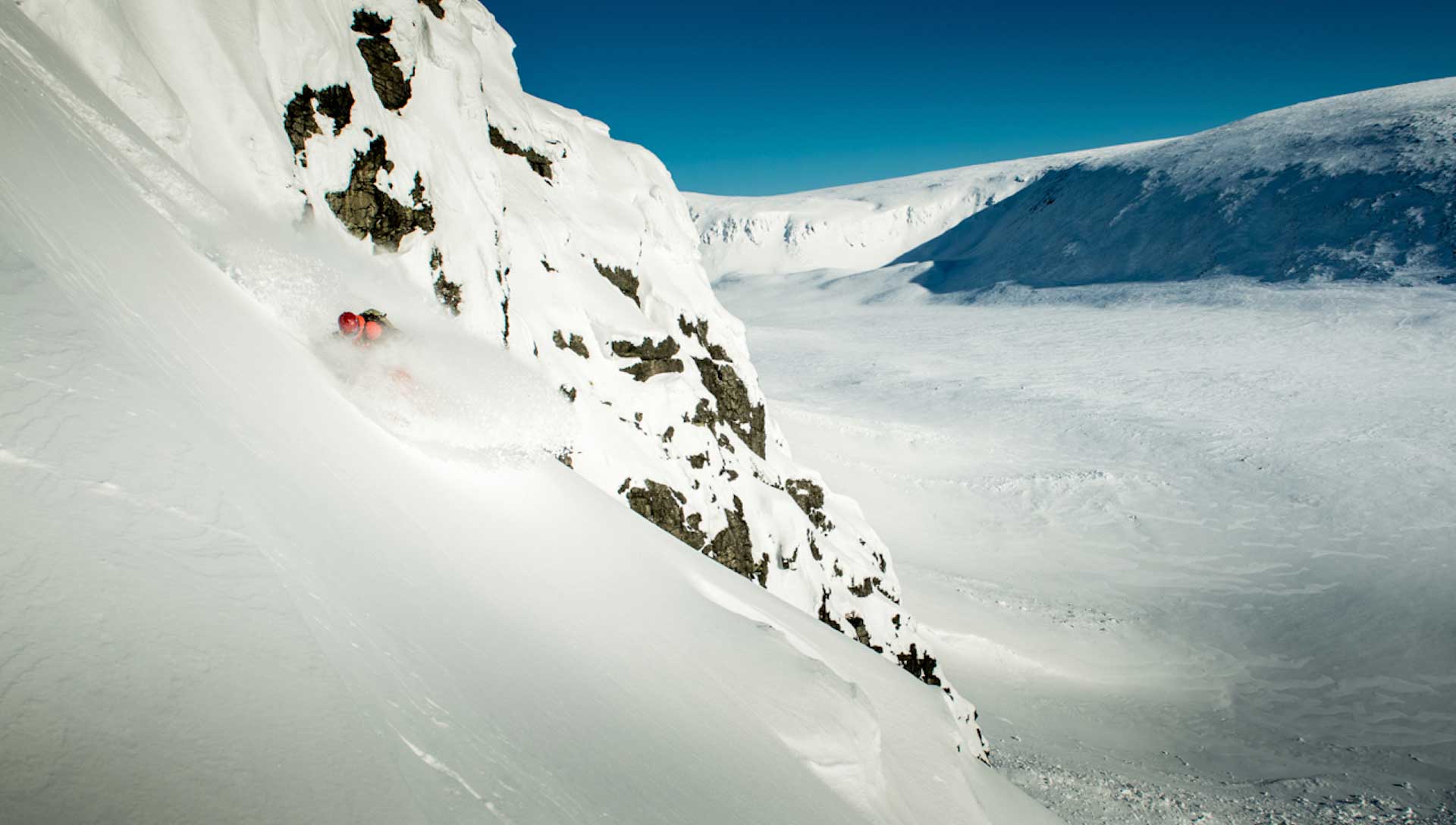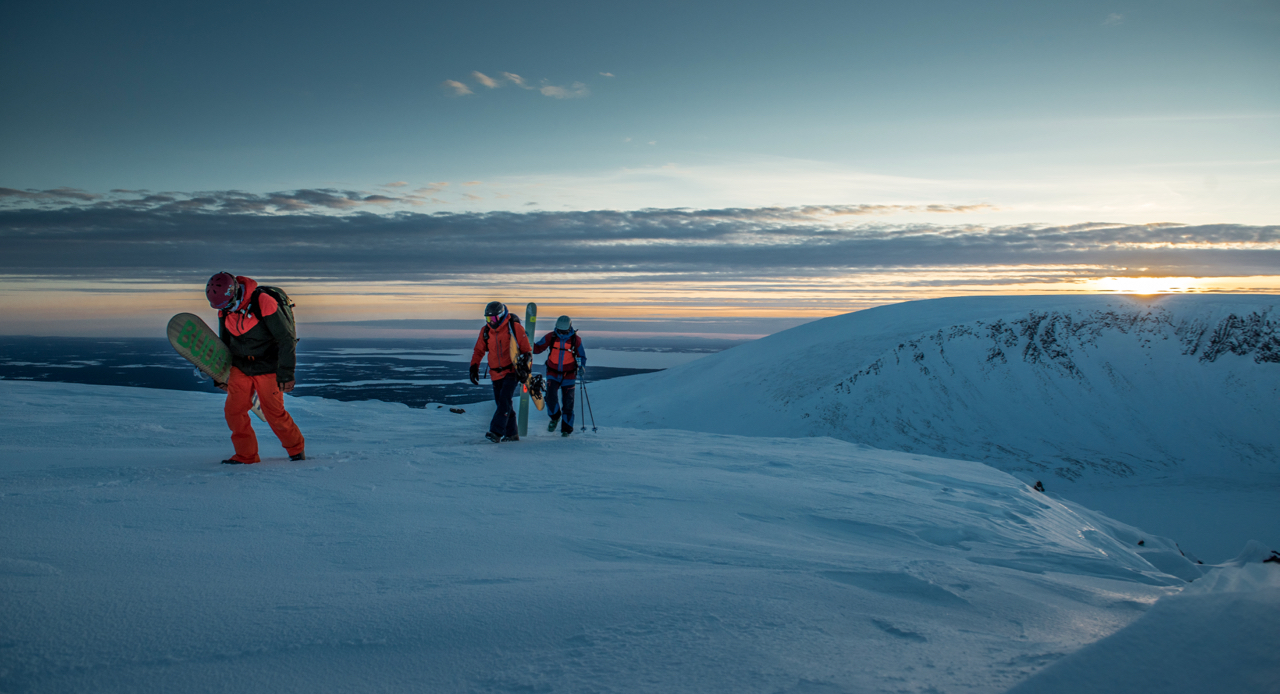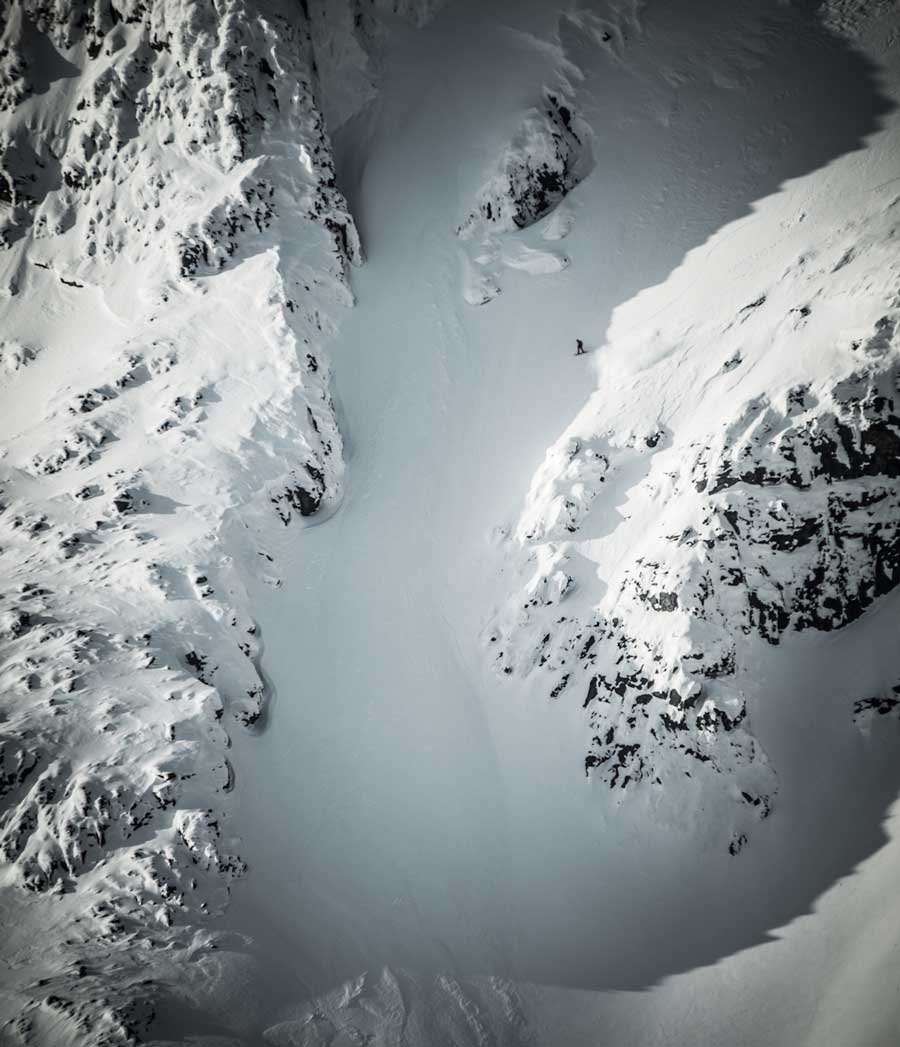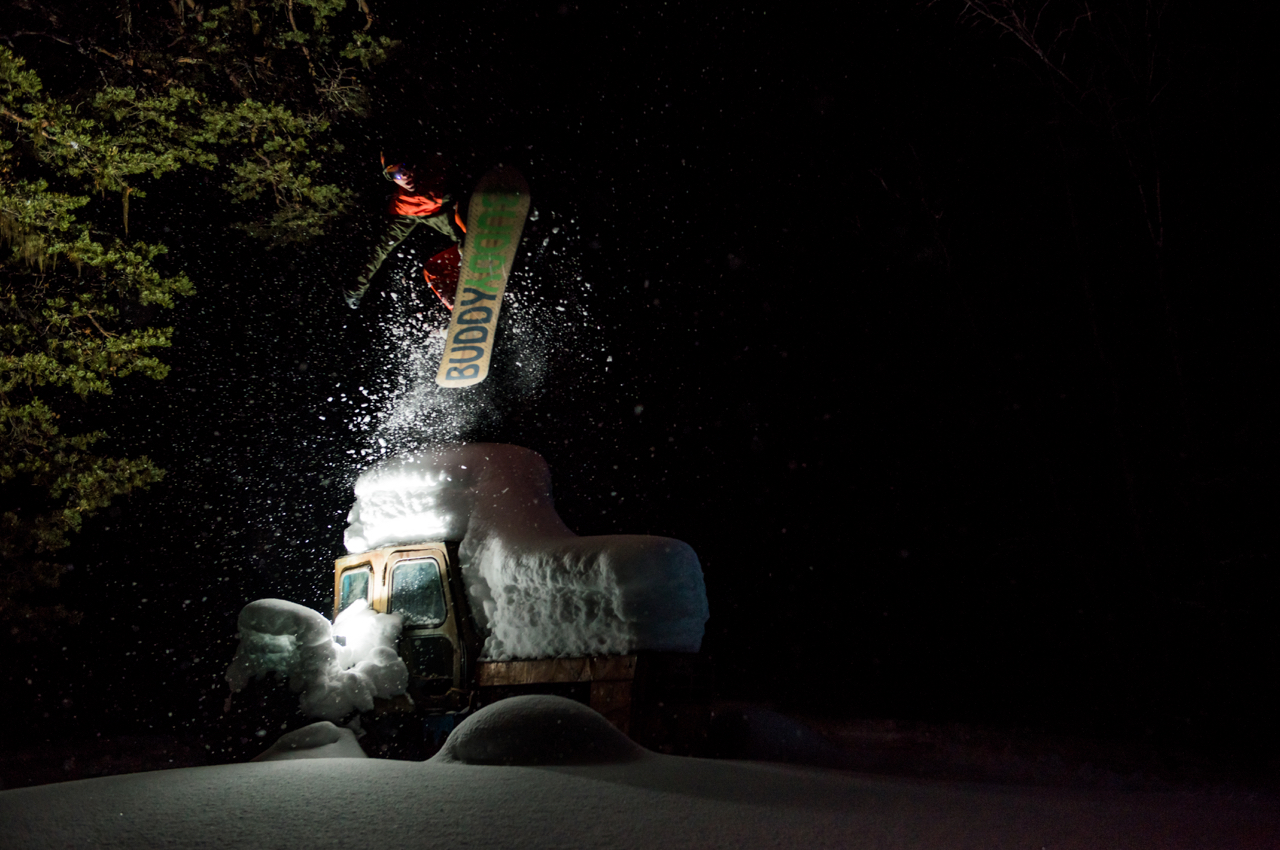Words by Jurgen Groenwals | Photos by Eric Verbiest
“A secret spot,” is the surprisingly swift – and somewhat curt – reply from the enigmatic Mathias Andrä to a group of Italian ski tourers who ask our destination. We are in the train station of Saint Petersburg, ready to board a “twenty-something-hour” train ride towards Murmansk, and this group seems to annoy our guide. It’s obvious that Mathias is not in the sharing industry.
Or perhaps his hangover explains it. Our arrival at Saint Petersburg’s train station follows a sightseeing tour of what must be one of the most beautiful cities in Russia, but also a night of heavy partying and a few too many shots of vodka. Either way, although he’s not willing to share it with the Italians, our party is very excited about the destination Mathias has told about. The destination which lies many hours to the north, high above the Arctic Circle in Russia’s northwestern corner, near the unsightly little village of Apatity.

The Search for the Remote
A mutual friend had introduced me to Mathias and his SnowXplore company. I have been freeriding for years and developed a passion for unknown destinations worldwide. But where my idea of remote ends is where Mathias enters the game.
For years now he has been offering trips to Kyrgyzstan, Uzbekistan, Kamchatka… He says he might stop his Uzbekistan trip because it’s become too crowded there, and he’s rethinking his Kyrgyzstan offer for the same reason. Despite the perfect powder, he doesn’t even want to consider going to Japan. Too busy.
Climate change made Mathias move in the direction of the Arctic Circle. A lucky coincidence, thanks to Google Earth, let Mathias discover, almost ten years ago, the small town of Kirovsk and its mountain range.









